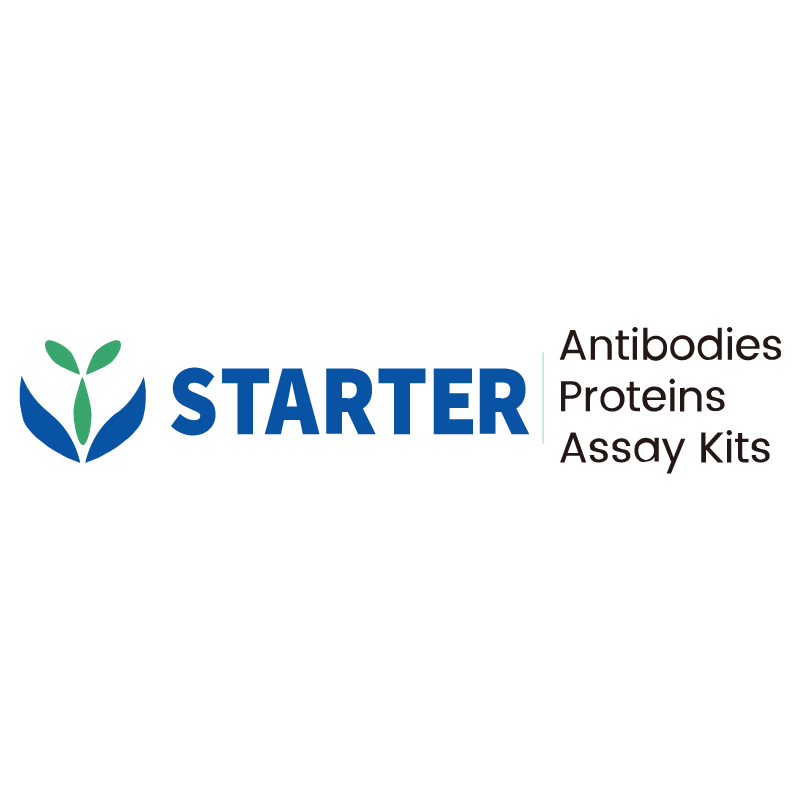Product Details
Product Details
Product Specification
| Host | Mouse |
| Antigen | CD47 |
| Synonyms | Leukocyte surface antigen CD47; Antigenic surface determinant protein OA3; Integrin-associated protein (IAP); Protein MER6; MER6 |
| Immunogen | Recombinant Protein |
| Location | Cell membrane |
| Accession | Q08722 |
| Clone Number | S-823-72 |
| Antibody Type | Mouse mAb |
| Isotype | IgG1,k |
| Application | FCM |
| Reactivity | Hu |
| Purification | Protein G |
| Conjugation | Alexa Fluor® 647 |
| Physical Appearance | Liquid |
| Storage Buffer | PBS, 25% Glycerol, 1% BSA, 0.3% Proclin 300 |
| Stability & Storage | 12 months from date of receipt / reconstitution, 2 to 8 °C as supplied |
Dilution
| application | dilution | species |
| FCM | 5 μl per million cells in 100μl volume |
Background
CD47, also known as integrin-associated protein, is a ubiquitously expressed cell surface receptor that belongs to the immunoglobulin superfamily. It is widely known for its role in preventing macrophage-mediated phagocytosis by interacting with signal regulatory protein alpha (SIRPα) on phagocytic cells. This “don’t eat me” signal is crucial for the survival of healthy cells, but cancer cells often overexpress CD47 to evade immune attack. In addition to its role in immune regulation, CD47 is involved in various cellular processes, including cell adhesion, migration, and the regulation of autophagy and cell death. For instance, it can regulate the migration of immune cells like neutrophils and dendritic cells, and its interaction with thrombospondin-1 (TSP-1) can induce apoptosis in certain cell types. Due to its significant role in cancer immunotherapy, CD47 has become an important target for developing new therapeutic strategies.


